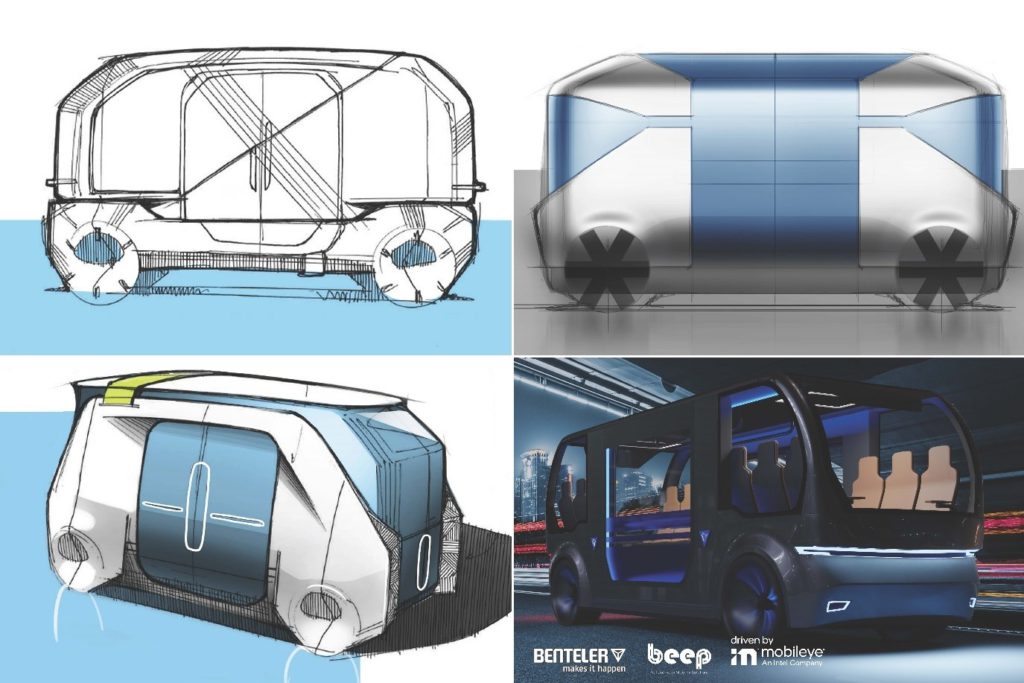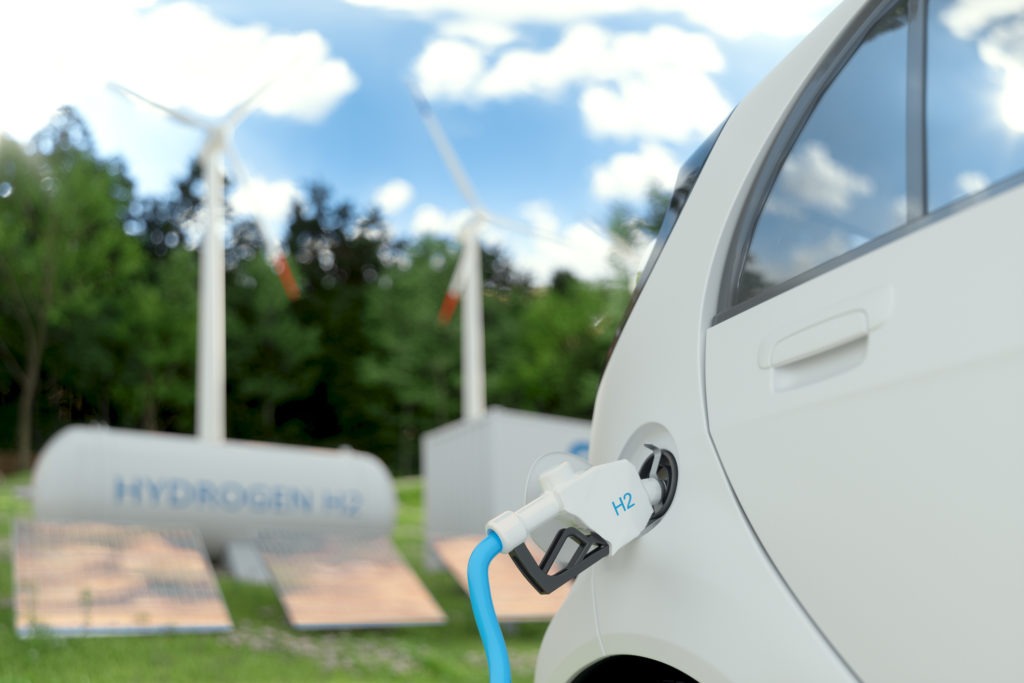Mobileye, Benteler and Beep to launch self-driving shuttles in 2024
16 February 2022

Autonomous technology will alter the way we interact with cars forever. But ‘self-driving’ passenger cars could still be a way off, given developmental demands and legislative limitations. But autonomous public transportation systems and shuttles could be just over the horizon, as a new strategic collaboration is unveiled.
Mobileye, Benteler EV Systems and Beep plan to develop ‘autonomous movers’, ready for US deployment in 2024. The self-driving battery-electric vehicles (BEVs) will address both public and private micro-transit needs, specifically for first and last-mile journeys in urban areas.

Global ambitions
Each company will play a unique role in developing and manufacturing the autonomous mover. Benteler will purpose-build the BEV, using its scalable, modular technology, which it uses in its electric-drive platform. The company will integrate all the individual subsystems into the mover, taking charge of industrialisation and production. While this will initially take place in the US, Benteler hopes to introduce the mover to other countries in the future.
While not sporting any steering wheel or pedals, the driverless BEV looks to hold between 12 to 14 passengers. However, given the scalability and modularity of Benteler’s platform, the capacity and application of these movers could be highly customisable. The vehicles also look to use geofencing technology, where speed limits are set to 35mph (56kph) or less.
‘Autonomous movers are the solution for future public transportation, solving the mobility challenges of increasing urbanisation and emissions,’ said Marco Kollmeier, managing director of Benteler EV Systems. ‘These movers need to be robust for 24/7 public or commercial use, at optimised costs and with excellent riding comfort.’
Ever-increasing needs
Beep will focus on operations systems, technologies and services required for the movers. It successfully tested autonomous electric shuttles across tens of thousands of miles in several public-road projects last year. It has worked closely with the US National Highway Traffic Safety Administration (NHTSA) to test self-driving vehicles and is using this experience to emphasise safety during the design process.
‘Multi-passenger micro-transit needs are ever-increasing in our cities and towns globally and must be addressed in order to reduce road congestion, protect the environment and provide safe, reliable mobility for all to access,’ explained Hinrich Woebcken, advisory board member for Beep. ‘Bringing to market an affordable, automotive-grade, electric, autonomous mover is a solution that will transform mobility as we know it today.’
Self-driving at scale
Mobileye will provide the autonomous technology to drive the BEV. It will play a primary part in equipping the autonomous mover with SAE Level 4 capabilities, which do not require a person to take over driving. The collaboration will provide the Intel company with vital access to develop its systems in the mass-transportation market.
‘The full benefits of autonomy can only be reached with scale,’ explained Johann Jungwirth, vice president of mobility-as-a-service at Mobileye. Elsewhere the Intel company is collaborating with rental company Sixt, to launch 25 robotaxis in a pilot project in Munich. Additionally, it has ongoing autonomous-technology collaborations with Volkswagen, Ford and Zeekr, as showcased at CES 2022.



